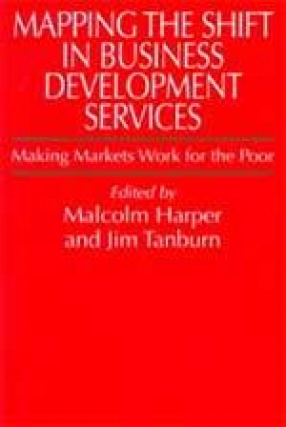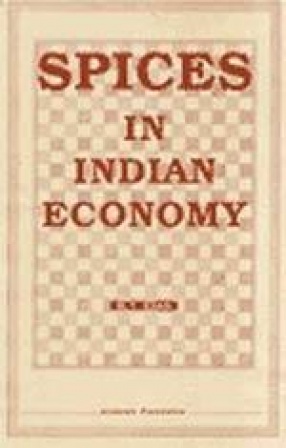Jutes is called the golden fibre on account of its contribution to the means of livelihood of millions of farmers, traders, manufactures in the unorganized sector; mill workers in the organized sector as well scores of people employed in the service sector relating to trading, manufacturing and exports of jute and jute goods. However, the entire commodity chain of jute is characterized by low productivity, low value addition, high volumes and low returns. The industry exhibits signs of a sunset industry with declaiming demand for traditional jute products low labour productivity and efficiency, technological obsolescence, low wages and sluggish export earnings. The unique feature of the volume is that it attempts to devise a Commodity Development Strategy through a through analysis of the system based on authentic and up-to-date information. This analysis points out to the fact that there is a need for a holistic, systemic approach to the problems being faced by this sector focusing on the economic exploitation of the whole jute plant; holistic research for addressing productivity and processing efficiency in the entire commodity chain of jute; and creating a network of organisations for advocacy for jute and allied fibres. The basic approach is to reposition the golden fibre as a sustainable and eco-friendly commodity. The Commodity Development Strategy highlights the need for greater effort for significant degree of product diversification which would entail significant consumption of the fibre of fabric in volume terms. The present volume ends with an optimistic note with ideas of inclusive development under millennium Development Goals and Sustainable Development under the United Nations Framework Convention on Climate Change, a welcome paradigm shift in the approach to the jute sector.
Mapping The Shift in Business Development Services: Making Markets Work for the Poor
This reader brings together ...
$27.00
$30.00





There are no reviews yet.